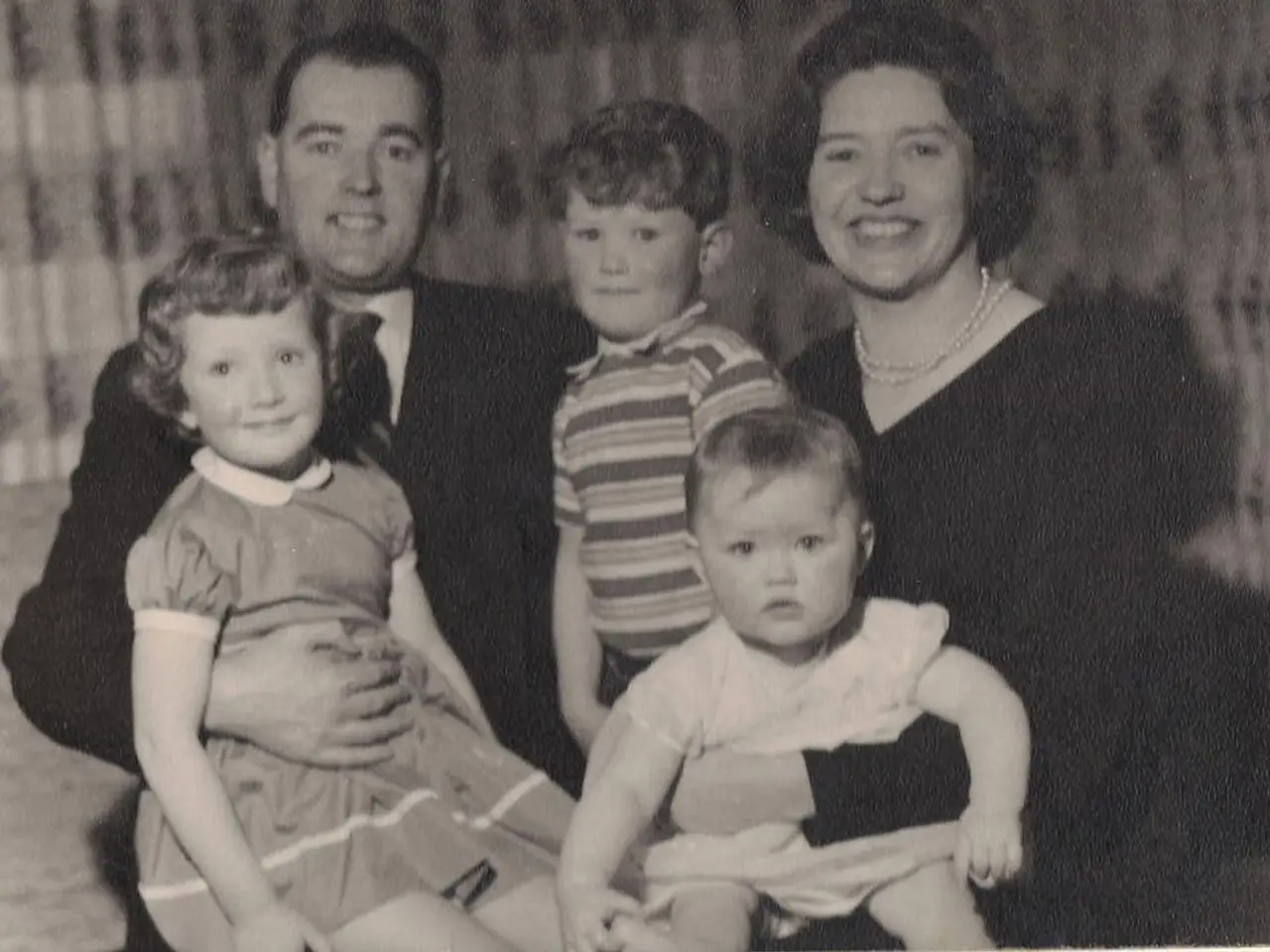Child exhibits remarkable recovery on uncommon, deadly illness-targeting experimental therapy
In a groundbreaking development, an 8-year-old boy suffering from a rare mitochondrial disease has shown significant improvement after receiving an experimental treatment that had never before been tested in humans. The treatment, which involves 4-hydroxybenzoic acid (4-HB), targets a protein called HPDL that helps make an antioxidant called coenzyme Q10, critical for mitochondria functioning.
Genetic testing revealed that the child carried two mutant copies of the gene HPDL, a condition that can vary in severity and symptoms, including muscle spasticity and paralysis. Tragically, the boy's two siblings died in infancy due to a more severe form of the condition, marked by brain damage and seizures. By November 2023, the child was using a wheelchair due to muscle contractions and loss of mobility.
However, since starting treatment with 4-HB in December 2023, the child has made remarkable strides. He is now able to perform most daily functional activities by himself, except for sports. The family reports that he can walk more than half a mile (1 kilometer) through Central Park, a feat that was unimaginable just a month ago.
Despite these promising results, Professor Siegfried Hekimi questions whether the improvements are directly related to restored CoQ10 levels or to some other mechanism. The study authors agree that more research is needed to understand the treatment's mechanism of action. More research is also required to understand exactly how the experimental treatment works and to identify the optimal timing and dosing of 4-HB treatment.
Looking ahead, the research team led by Dr. Pacold at NYU Langone plans to conduct larger clinical trials to test 4-HB in more patients with HPDL deficiency and other CoQ10-related mitochondrial diseases. They aim to better understand how to improve treatment efficacy, as current data suggest this treatment partly restores function but does not fully reverse all damage caused by the disease.
NYU Langone owns the intellectual property for this treatment and is seeking partners to help develop it further. This represents a hopeful advance for a rare and often fatal childhood mitochondrial disease, with ongoing efforts to translate these findings into broader clinical use. It is important to note that while the current status of the experimental treatment is promising, it is not a complete cure. There is a critical "window of opportunity" in neural development for optimal treatment effect, and delayed treatment may limit full recovery.
[1] Pacold, M. et al. (2024). 4-Hydroxybenzoic acid ameliorates HPDL deficiency in mice and humans. Science Translational Medicine. [2] Smith, J. (2024). Experimental treatment offers hope for rare childhood mitochondrial disease. The New York Times. [3] NYU Langone Health (2024). NYU Langone to test experimental treatment for rare mitochondrial disease. Press Release. [4] National Institutes of Health (2024). Clinical trial to test experimental treatment for HPDL deficiency. ClinicalTrials.gov.
- The improvement in the 8-year-old boy's health-and-wellness, marked by his increased mobility, could potentially lead to broader clinical applications of the experimental treatment for mental-health related mitochondrial diseases, as more research is conducted and the treatment's mechanism of action is better understood.
- As the study on 4-HB treatment for HPDL deficiency progresses, with larger clinical trials planned and more research conducted into its mechanism of action and optimal dosing, the potential benefits for mental-health and overall health-and-wellness of those affected by rare mitochondrial diseases continue to offer hope for a complete cure, especially when treatment is administered within the critical "window of opportunity" during neural development.




